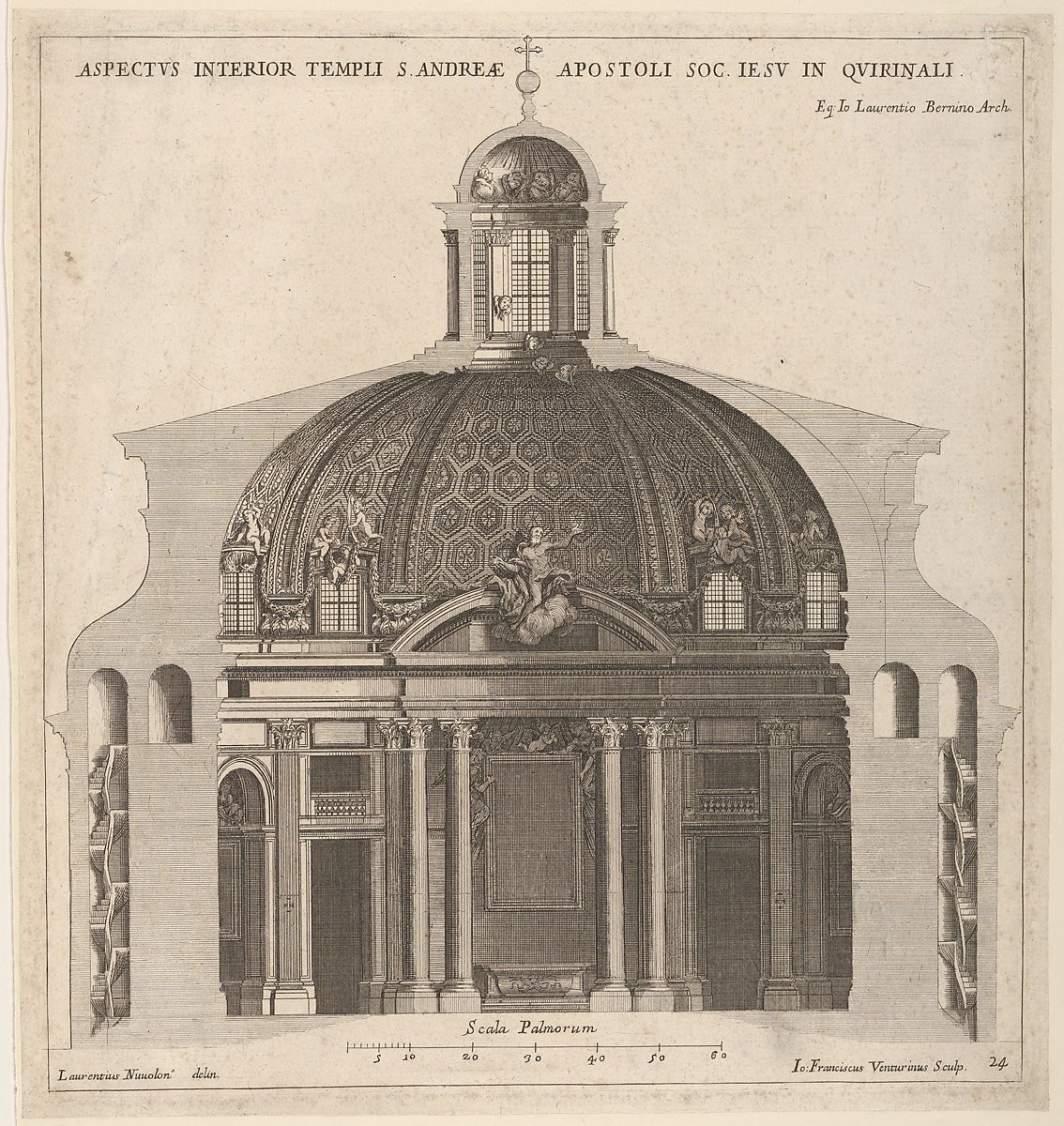A Miscellany of Pleasant Distractions

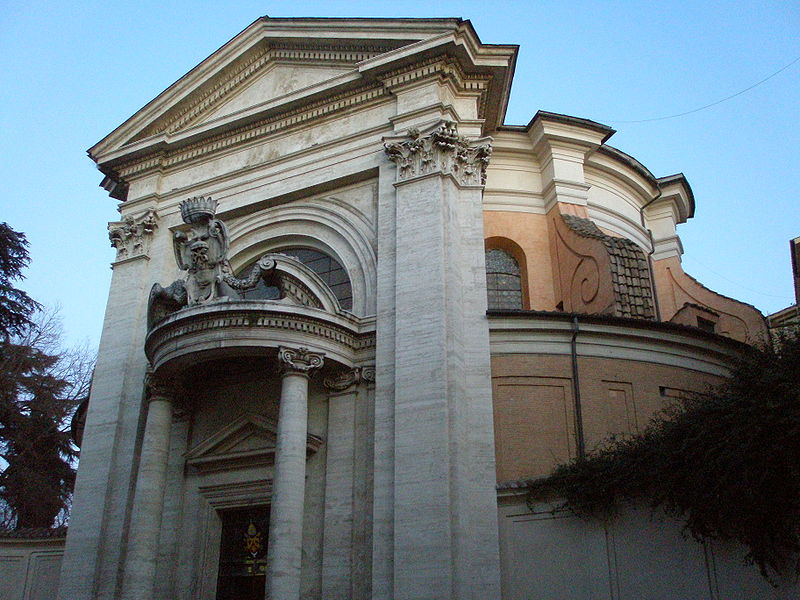
The Baroque is one of my least favorite architectural eras, but, strangely enough, I think the most beautiful church I have ever seen with my own eyes is Bernini’s Sant’ Andrea al Quirinale in Rome. It’s a small church, but the proportions and design are so extraordinary that it gives a powerful feeling of intimacy and grandeur, all at once.

In 1833 the Church of England clergyman John Keble preached, and later published, a sermon on “National Apostasy” in which he entertained the distinct possibility that Christian Britain was going to hell in a handcart (my paraphrase). But he went on to say, in words that perhaps some anxious or angry Christians today would do well to remember, that even if his worst fears come to pass, still,
After all, the surest way to uphold or restore our endangered Church, will be for each of her anxious children, in his own place and station, to resign himself more thoroughly to his God and Saviour in those duties, public and private, which are not immediately affected by the emergencies of the moment: the daily and hourly duties, I mean, of piety, purity, charity, justice.
I am still using my blog for longer and more serious reflections, but I am posting images and links any my micro.blog page. Most of the pictures are of my own garden, because where else am I gonna be these days?
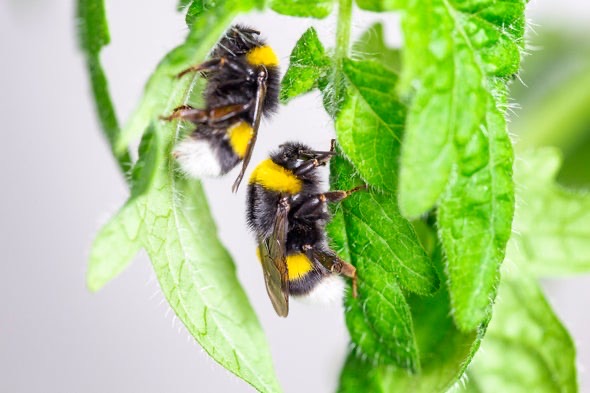
Bees damage plant leaves because that encourages the plants to flower more quickly.
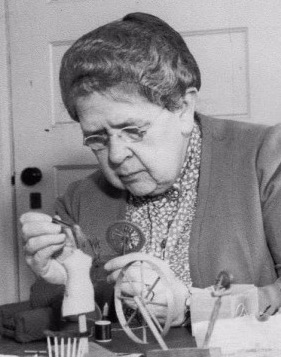
Frances Glessner Lee was a rich woman from Chicago who became fascinated by the investigation of crime and used much of her wealth to promote better methods of investigation. In this cause she designed and had built extraordinarily detailed dollhouse-like dioramas of imaginary murder scenes. These became known as the Nutshell Studies of Unexplained Death. Here’s the one called the Red Bedroom:
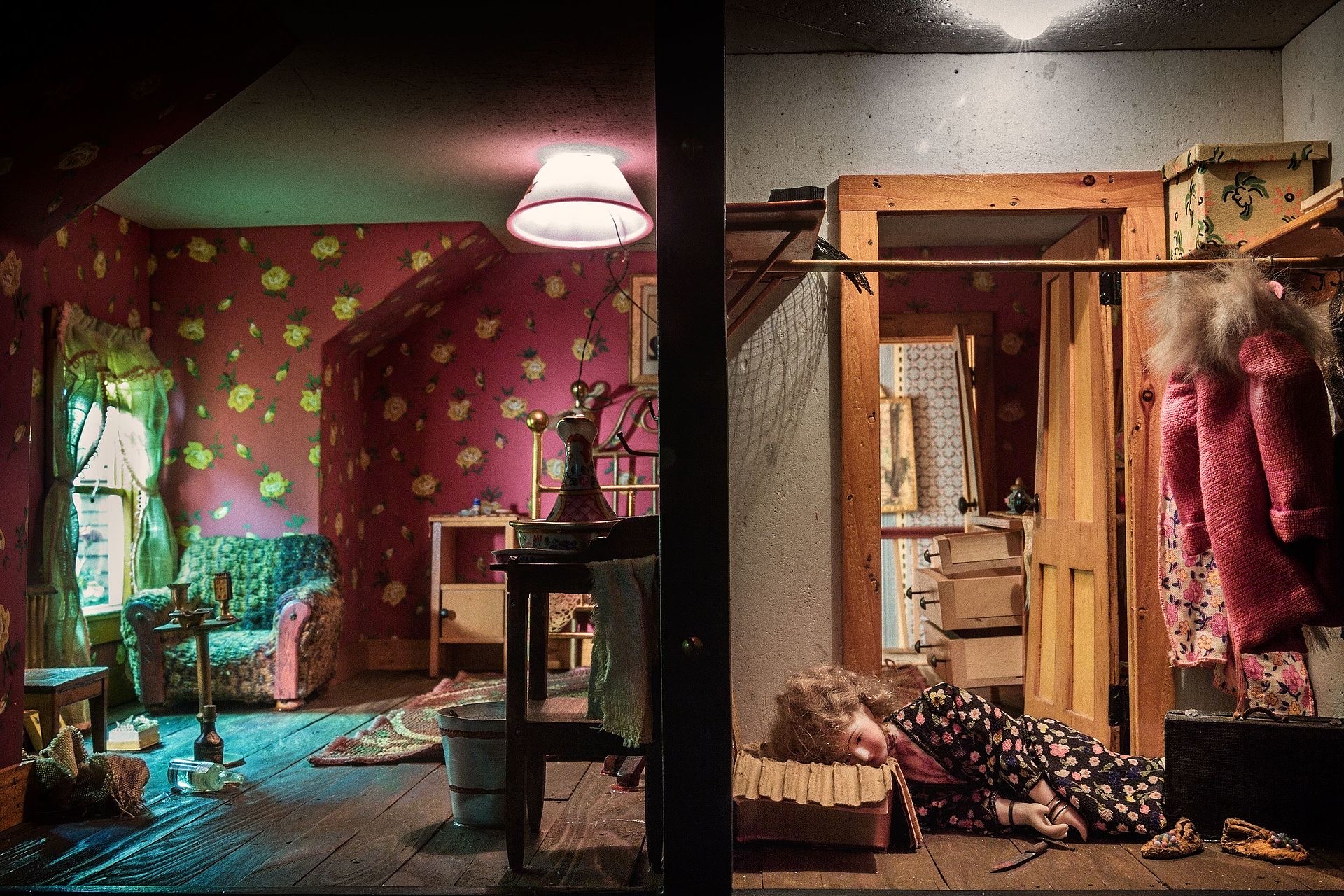
And here’s a site where you can investigate four of the dioramas and discover the clues.
Frances Glessner Lee was married for some years to a lawyer and law professor named Blewett Harrison Lee, who produced some of the very first serious scholarship on the laws governing air travel, or anyway what he thought those laws should be — in the second decade of the 20th century there was virtually no regulatory or statuatory oversight of airplanes and their pilots. Only two states required any sort of license or certificate for a person wishing to fly a plane, and Lee warmly commended one of them: “When aeroplanes become as plentiful as blackberries, Connecticut will be found prepared.” In arguing for a stronger legal framework to address the complexities and dangers of air travel, Lee claimed that existing statutes governing railroads provided the best foundation. Curiously, Lee’s legal reasoning has found a new life in the past decade as scholars have looked to his century-old scholarship in an attempt discover the proper constraints on the use of drones. Also, dude rocked the beard real good:
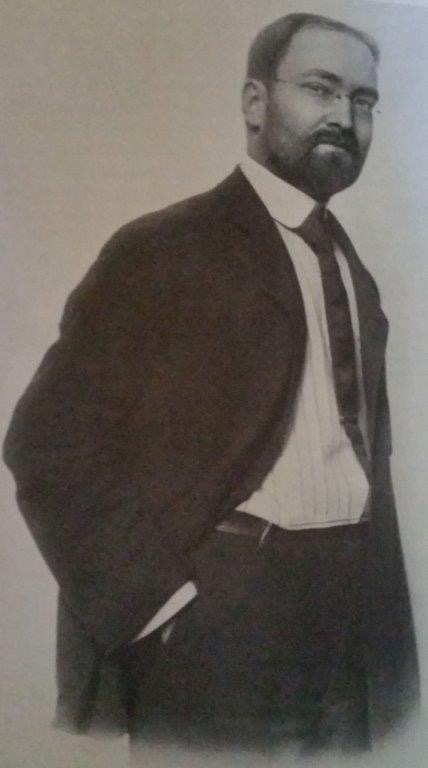
You won’t want to miss this. Via the always-excellent Generalist Academy, here’s the Sachal Studios Orchestra, from Lahore, Pakistan, with their version of Dave Brubek’s “Take Five.”
